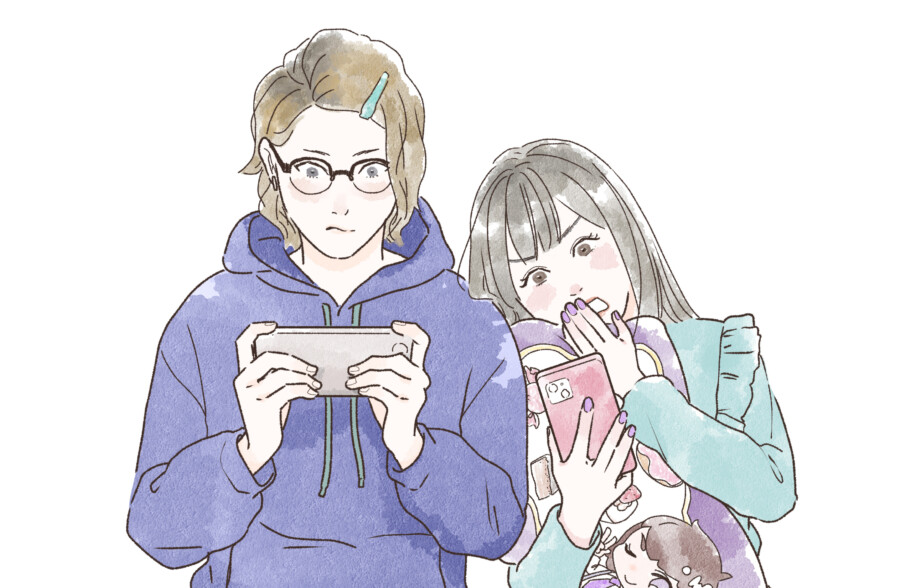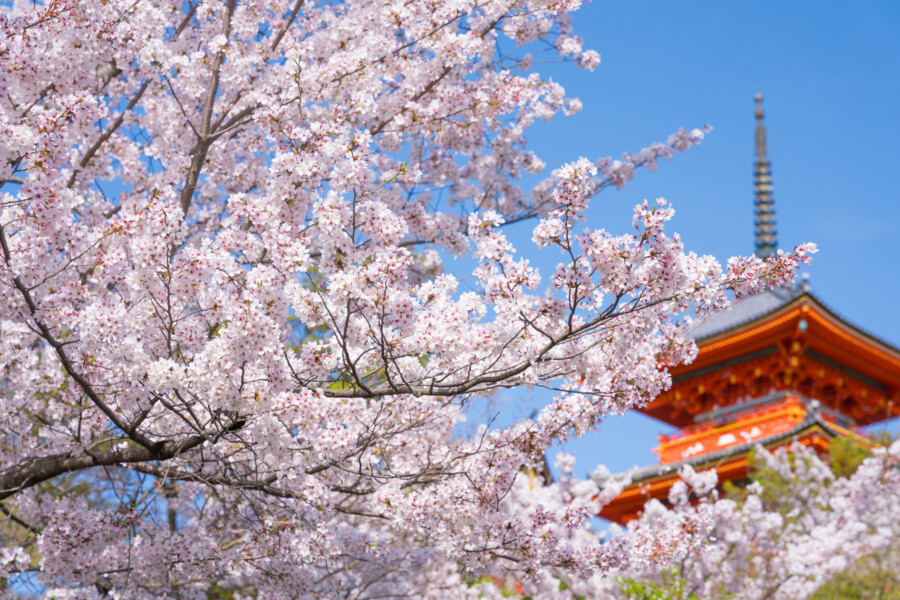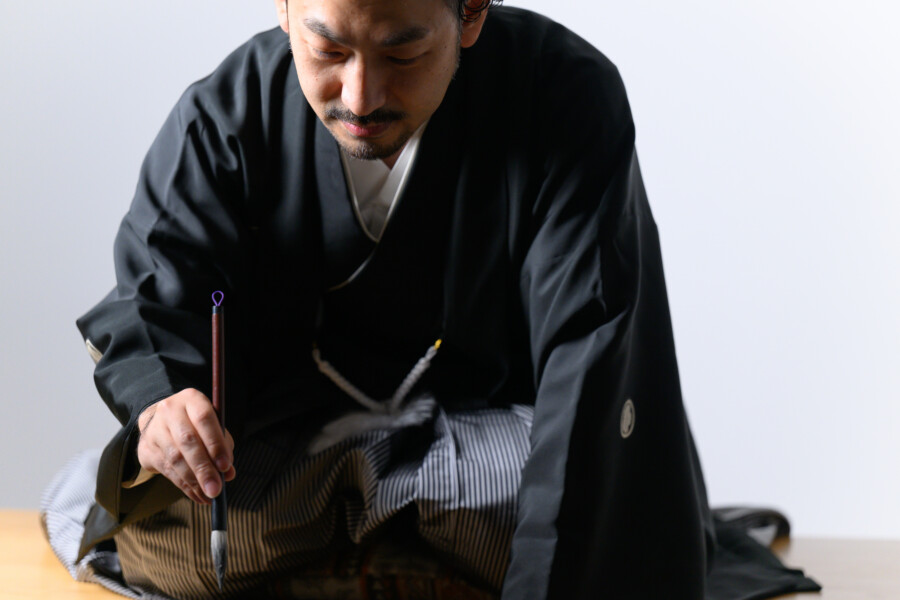
Otaku Culture and Design – What Marketers Can Learn from Fan Communities
Otaku culture has been steadily gaining global recognition over the past few decades. Originating in Japan, it now captivates enthusiasts worldwide, fueled by an ever-growing appreciation for anime, manga, video games, and related pop culture. At first glance, “otaku” might conjure images of fans consumed by niche hobbies. However, there’s much more depth to these communities than meets the eye. Otaku culture is characterized by intense passion and expertise. Fans don’t just consume; they actively shape the media they love. Their dedication influences products, events, and creative processes, and marketers can draw profound insights from how otaku communities engage, innovate, and share.
In particular, the way otaku culture intersects with design holds valuable lessons. From character merchandise to elaborate cosplay, the visual elements are both distinctive and integral to the overall experience. Marketers who understand this interplay can create more compelling, user-centered designs, while also strengthening the emotional ties that lead to vibrant fan communities. In this blog post, we’ll explore otaku culture, examine how it intersects with design principles, and discuss what marketers can learn from these passionate fan bases.
Understanding Otaku Culture

The Roots of Otaku
In Japan, the term “otaku” colloquially referred to a polite form of address (“あなた” or “おたく”) but eventually became associated with people who are deeply immersed in specific subcultures, particularly anime and manga. Over time, it lost some of the negative connotations it once carried, evolving into a broader label for people who are simply enthusiastic experts in their interests.
Today, otaku culture isn’t restricted to anime and manga. It includes gaming, idol groups, collectible figurines, pop music, fan art, cosplay, and much more. While the word “otaku” is often linked to Japanese pop culture, many people embrace the concept as a badge of pride, proof of their unwavering love for their favorite media. Whether it’s someone mastering guitar riffs inspired by anime soundtracks or another person relentlessly hunting for limited-edition figurines, the spirit of devotion is the same.
Otaku Culture Goes Global
It’s important to acknowledge how globally pervasive otaku culture has become. Events like Anime Expo in the United States, Japan Expo in France, and other anime or comic conventions around the world draw enormous crowds. People of all backgrounds come together to celebrate a shared passion, often spending significant time and resources to perfect cosplay outfits or collect exclusive merch. This global phenomenon means marketers can’t simply dismiss otaku culture as “just another subculture.” Instead, they should appreciate its power to bring fans together and rally them behind products and brands.
These international fan networks transcend language and geographical barriers, forming genuine communities built on shared interests. The culture of fan translations, fan art, and social media discussions ensures that new releases and trends travel quickly. Otaku culture can be seen as a microcosm of modern fan engagement—intense, detail-oriented, and propelled by social media’s instantaneous connectivity.
The Intersection of Otaku Culture and Design

The Aesthetic Appeal
One hallmark of otaku culture is the distinct visual style that draws people into anime, manga, and game franchises. Character design, color palettes, and graphic motifs often stand out. Whether it’s the iconic big-eyed anime style or the intricate mecha designs, there’s a deliberate approach to generating an immediate emotional impact. Marketers should pay attention to how these strong aesthetics captivate audiences and encourage them to identify with characters and brands.
The success of merchandise, such as figurines and apparel, depends heavily on visual appeal. Fans look for authenticity and details that remain faithful to their favorite series. Similarly, promotional campaigns for anime, games, or events rely on appealing visuals to draw attention. This is why artists and illustrators hold significant influence within these subcultures— their work can make or break a character’s popularity.
Character-Centric Storytelling
In otaku culture, character is king. Many successful series revolve around compelling protagonists and side characters, who drive both the plot and the merchandise sales. Companies invest heavily in developing relatable characters, sometimes commissioning well-known illustrators or designers to refine each personality. These characters then become the face of marketing campaigns, starring in commercials, merchandise, and crossover events.
This emphasis on character-centric storytelling resonates far beyond anime. In many industries, brand mascots, spokespersons, or ambassadors are critical in forging emotional bonds with consumers. By cultivating memorable characters and weaving them into overarching narratives, marketers can mimic the techniques used by anime studios to keep fans engaged and excited.
Cosplay as User-Generated Design
Cosplay—fans dressing up as their favorite characters—is another aspect of otaku culture that can teach marketers about user engagement. Cosplayers often spend weeks or months meticulously creating their costumes, fussing over details that accurately reflect the source material. The results can be breathtaking and inspire others to attempt their own versions or support the artists.
For marketers, cosplay exemplifies how user-generated content can become a powerful promotional tool. By recognizing and uplifting fan creations, brands can foster a sense of collaboration and bolster customer loyalty. Encouraging fans to remix or reinterpret brand assets can keep a campaign fresh and unpredictable. In an era where authenticity often overshadows traditional advertising, inviting fans to participate in the creative process can deepen brand advocacy.
Lessons for Marketers from Otaku Communities

Embrace Authenticity and Detail
Otaku culture thrives on detail. Many anime series are popular because they offer a rich, layered universe for fans to explore. The small design accents on a hero’s outfit, the hidden references in a background scene, or the subtle changes in a character’s expression during an emotional moment—these details prove to fans that the creators respect them. They’re not just selling a product; they’re sharing a world.
Translating this into marketing strategy means offering content that rewards close attention. Provide exclusive behind-the-scenes information, highlight subtle design choices, or incorporate lore into product packaging. When fans feel that creators genuinely care about the integrity and depth of what they’re producing, they’re more likely to respond with unwavering support.
Foster Community-Driven Platforms
The heart of otaku culture lies in its community. Fan forums, social media groups, and convention gatherings become places where people connect with like-minded individuals. Marketing can take advantage of these spaces by nurturing discussions and offering official platforms for fan interaction. Setting up Q&A sessions, hosting online watch parties, or creating exclusive fan clubs can help brands tap into this sense of community.
Rather than dictating every aspect of brand communication, marketers can facilitate organic conversations. Encourage fans to express their opinions and ideas, and make sure to engage with them directly. This sense of reciprocity leads to a deeper brand-fan relationship and can significantly bolster customer loyalty.
Collaborate with Influencers and Artists
A significant portion of otaku culture’s influence stems from the creators, illustrators, and cosplayers who become influencers in their own right. Their endorsement carries weight, and they can spark trends simply by expressing appreciation for certain products or brands. Marketers who identify and collaborate with these influencers can gain immediate credibility within the community.
It’s crucial, however, to select collaborators who genuinely align with the brand. Forced partnerships or shallow sponsorships are easily spotted by vigilant fans. On the other hand, partnering with an artist who truly loves your product or an influencer who shares your brand values will foster authenticity. This ensures that promotional content feels honest rather than transactional.
Offer Limited Editions and Exclusives
Fans in otaku culture are famously enthusiastic about collectibles and exclusives. Limited-edition items often sell out in minutes, driven by an emotional and sometimes nostalgic pull. The “must-have” factor stems from the uniqueness of the product and the emotional attachment fans have to the source material.
Marketers can learn from this by creating exclusivity around certain products or services. Limited-edition packaging, special product variations, or membership tiers can incite excitement, motivating loyal customers to take action quickly. However, this should be done with a sense of fairness; if fans feel exploited or manipulated, the marketing strategy may backfire.
Use Storytelling to Build Loyalty
In otaku culture, narratives are the glue that binds fans to the franchise. Characters grow, relationships evolve, and story arcs expand. Marketers looking to mirror this level of engagement can develop brand narratives that evolve over time. Whether through social media campaigns, video content, or immersive digital experiences, telling an evolving story can keep audiences invested.
For instance, a clothing brand might develop a storyline around a fictional designer who travels the world for inspiration, dropping limited-time collections based on each location. By weaving narrative elements into campaigns, brands can transform mundane product launches into ongoing sagas that fans eagerly follow.
Designing for Passion and Engagement
Encourage Feedback and Iteration
One of the reasons otaku culture is so vibrant is that fans feel heard. Creators and production committees often take audience reactions into account, making adjustments to plot direction or character development for future installments. This two-way conversation builds trust and anticipation.
Marketers can mirror this approach by seeking feedback and showing that they’re open to improvement. Whether it’s through surveys, social media polls, or beta-test communities, fans want to know their voices matter. Incorporating this feedback into product updates or design changes can cultivate a deep sense of ownership among fans.
Respect the Intellectual Property
Otaku fandoms are built on intellectual property—characters, settings, and stories. When brands create cross-promotions or tributes to existing franchises, respecting copyright and licensing rules is imperative. Unauthorized usage can lead to backlash, legal issues, and damage to a brand’s reputation.
That said, licensed collaborations done right can be incredibly successful. Limited-edition anime-themed packaging or an official cosplay contest might draw thousands of participants, boosting engagement and generating positive press. Ensuring that any such collaboration is mutually beneficial and legally sound will maintain trust in the community.
Be Flexible and Adaptive
Trends in otaku culture shift quickly. A new anime might suddenly become the talk of the season, or a nostalgic revival of an older series could surge in popularity. Marketers who remain nimble can capitalize on these moments, whether through real-time social media posts, limited-run crossover products, or pop-up fan events.
However, jumping on trends without understanding them can feel insincere. Marketers need to be aware of the fandom’s context, history, and current conversations. By staying informed and engaging genuinely, brands can strike while the iron is hot without coming across as opportunistic.
Key Takeaways and Future Outlook
Otaku culture is more than a niche subculture—it’s a global phenomenon that continues to expand and evolve. Its emphasis on community, character-driven storytelling, and meticulous design resonates with fans from all walks of life. Marketers who study and embrace these principles can craft campaigns and products that tap into the same fervor and loyalty that drives fan communities.
- Authenticity and Detail: Fans appreciate nuanced, deep storytelling and design that respects their intelligence.
- Community Building: Otaku culture thrives on the collective enthusiasm of fans who support and inspire each other.
- Collaboration: Working with influencers, artists, and content creators adds credibility and fosters trust.
- Exclusivity: Well-planned limited editions or collectibles can spark excitement and urgency.
- Storytelling: Ongoing narratives keep audiences emotionally invested.
As otaku culture continues to gain traction worldwide, the line between “mainstream” and “niche” may blur even further. Marketers who adapt, experiment, and authentically engage with these passionate communities stand to gain long-term customer loyalty. Ultimately, the lesson from otaku culture is clear: put fans at the center, respect their passion, and let them help shape the story. Their devotion is a powerful force—one that can drive creativity, innovation, and incredible brand growth.
Ensure Your Japanese Is Spot-On →











